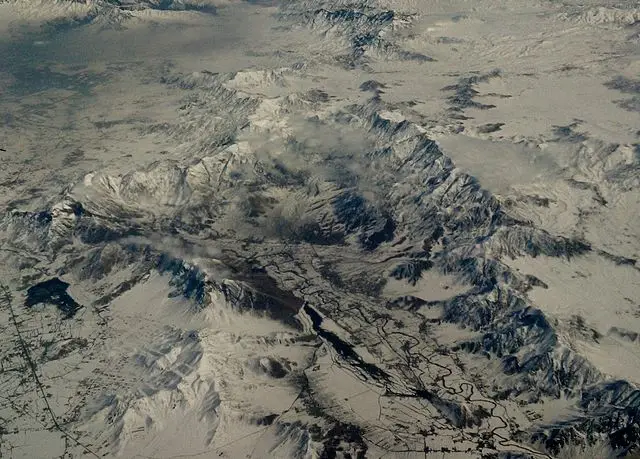Ganga, Brahmaputra and Indus river basins stare at reduced water flow due to record-low snow persistence: Report

Ganga, Brahmaputra, and Indus River Basins Face Water Scarcity Amid Record-Low Snow Persistence
A new report has raised concerns about the future of the Ganga, Brahmaputra, and Indus river basins. These vital water sources are expected to experience reduced water flow due to unusually low snow persistence in the Himalayan region.
The Role of Himalayan Snowmelt
The Himalayan glaciers serve as the primary source of water for many major rivers in South Asia. Typically, snowmelt from these glaciers provides a steady flow during the warmer months. However, the amount of snow accumulating in the region has drastically decreased, leading to a reduction in water flow into these rivers.
Impact of Climate Change
Climate change is the key driver behind this troubling trend. Rising global temperatures have accelerated the melting of glaciers, shortening the snow accumulation period. This impacts the natural release of water into the rivers, causing an increase in evaporation and a decrease in overall water availability.
Threats to Agriculture and Livelihoods
Farmers in countries like India, Pakistan, and Bangladesh are already feeling the effects of reduced water supply. These river basins support critical agricultural activities. Reduced flow will lead to lower crop yields, especially in regions like Punjab, Uttar Pradesh, and Bihar. This threatens the livelihoods of millions of people who depend on consistent water supply for irrigation.
Geopolitical Implications
As water becomes scarcer, competition between nations may intensify. India, Pakistan, and China all rely heavily on these river systems. Disputes over water-sharing agreements could lead to heightened tensions in the region, affecting diplomatic relations and stability.
Ensuring Future Water Security
Water security in South Asia is an urgent issue. The decline in water flow in these key river basins only worsens this crisis. Experts urge governments to invest in sustainable water management practices, such as rainwater harvesting, efficient irrigation systems, and wastewater treatment.
The Need for Regional Cooperation
Collaboration between countries sharing these water resources is essential. Stronger international agreements can help mitigate the effects of reduced water flow and ensure fair distribution. The report highlights the need for proactive measures to address water shortages before they become a larger crisis.
Conclusion
The Ganga, Brahmaputra, and Indus river basins are facing a severe water crisis due to reduced snow persistence in the Himalayas. Climate change is worsening the situation, and its impact will be felt across South Asia. Immediate action is needed to preserve these vital water sources for future generations.






